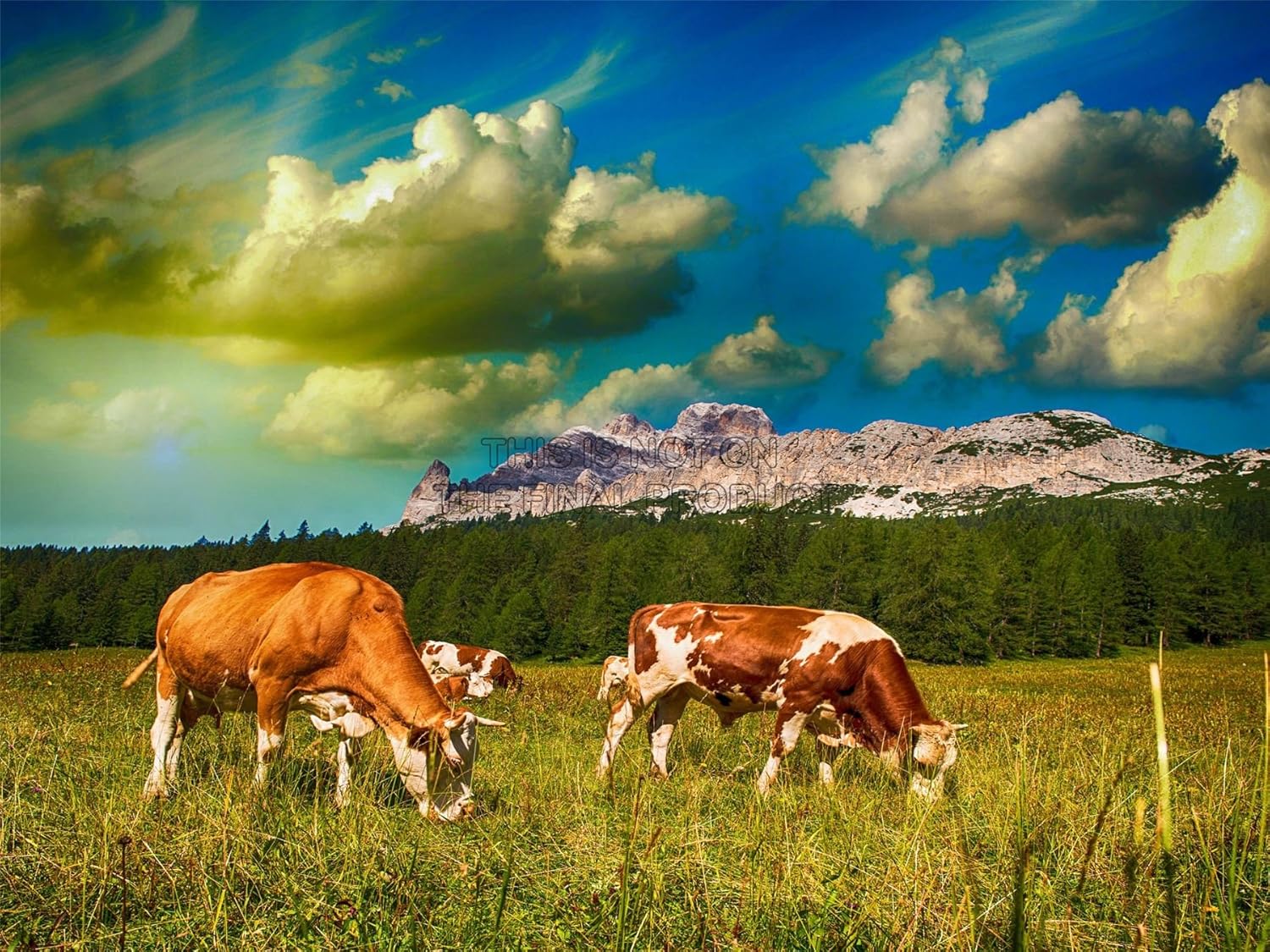 Cover crops reduce soil erosion, boost organic matter, keep moisture in soil and sequester carbon in the soil so less of it is released as a greenhouse gas.
Cover crops reduce soil erosion, boost organic matter, keep moisture in soil and sequester carbon in the soil so less of it is released as a greenhouse gas.Conventional wisdom holds that if cattle were allowed to graze on cover crops they would eat up and remove the nitrogen and carbon otherwise left on the soil in the cover crop plant residue. Allowing cattle to tread on the soil also could compact it, preventing air and water from passing through the soil to reach plant roots.
Now, a 7-year study by Agricultural Research Service (ARS) ecologists has demonstrated that relatively low levels of grazing do not significantly affect the amount of organic matter in soil and do not compact the soil. It also showed that cover crops provided high quality forage and that the organic matter lost by allowing cattle to graze on cover crops was likely made up in the organic material supplied as manure. As in previous studies, they also found that no-till soils generally contained more carbon and nitrogen than conventional till soils.
The researchers grew winter or summer grains and used cover crops for both in the off-season. They also compared no-till versus tilling, and grazing versus no grazing. Cow/calf pairs were allowed to graze at a rate of one pair per 4 acres.
Source: Agricultural Research Service
HusbandryPlants and Seeds
Farm Supply
Artwork: Cattle Grazing